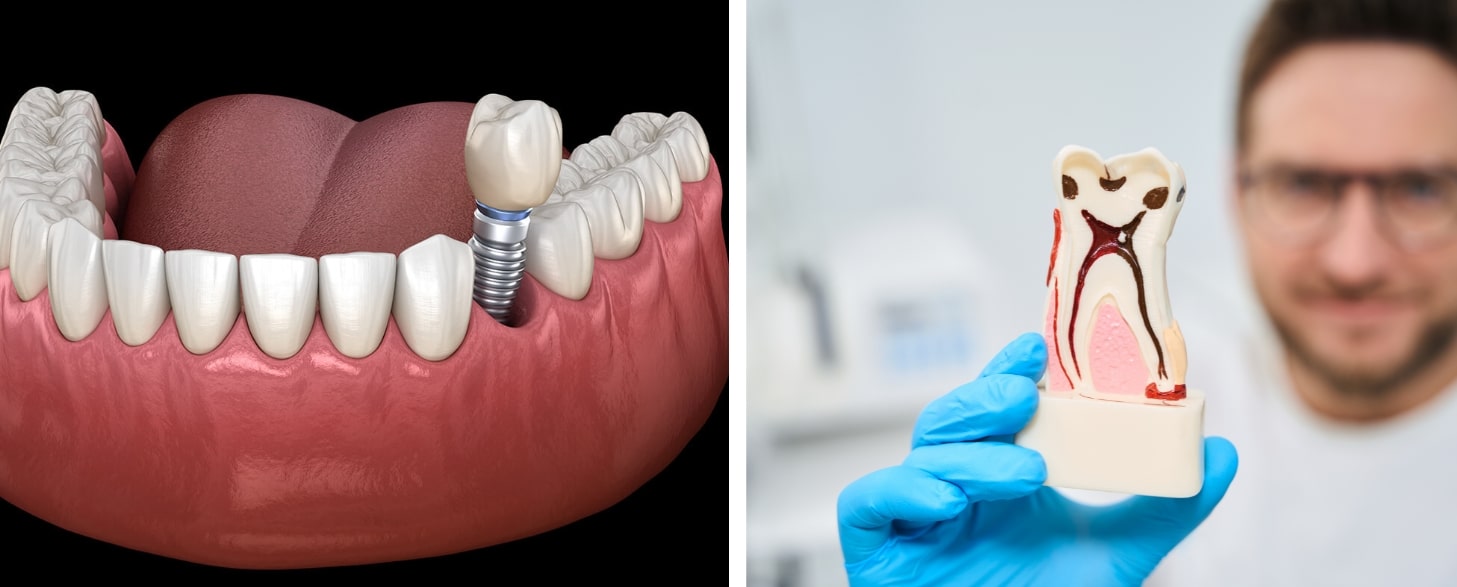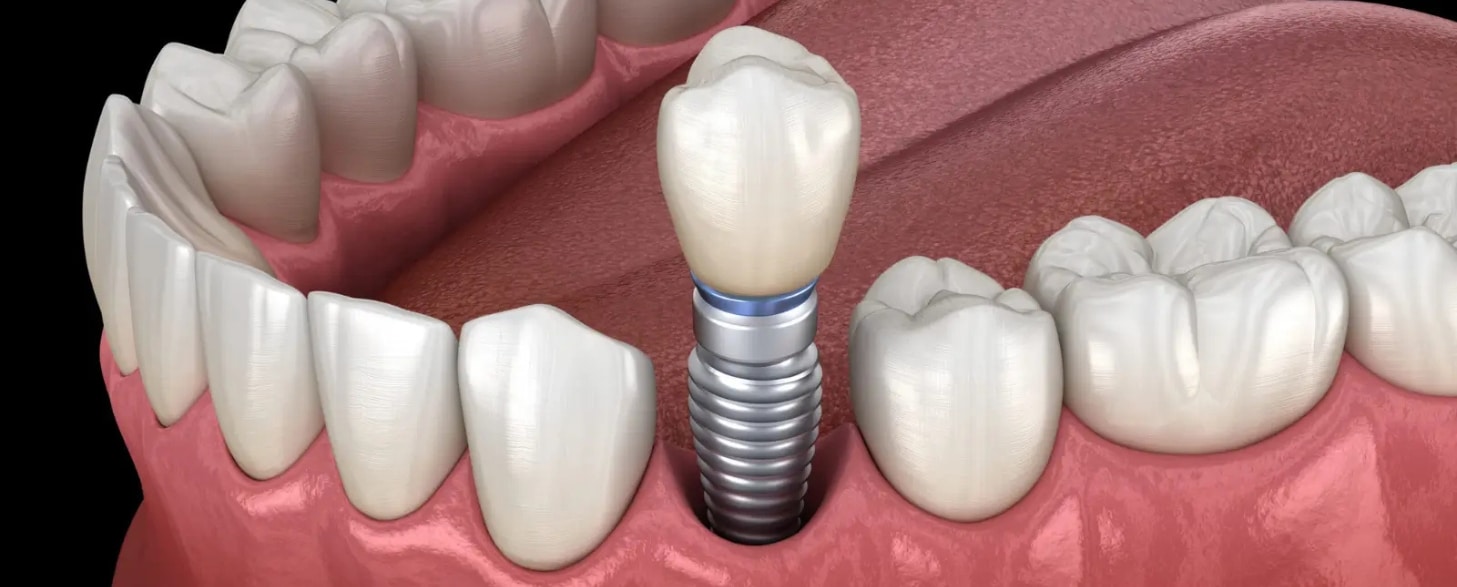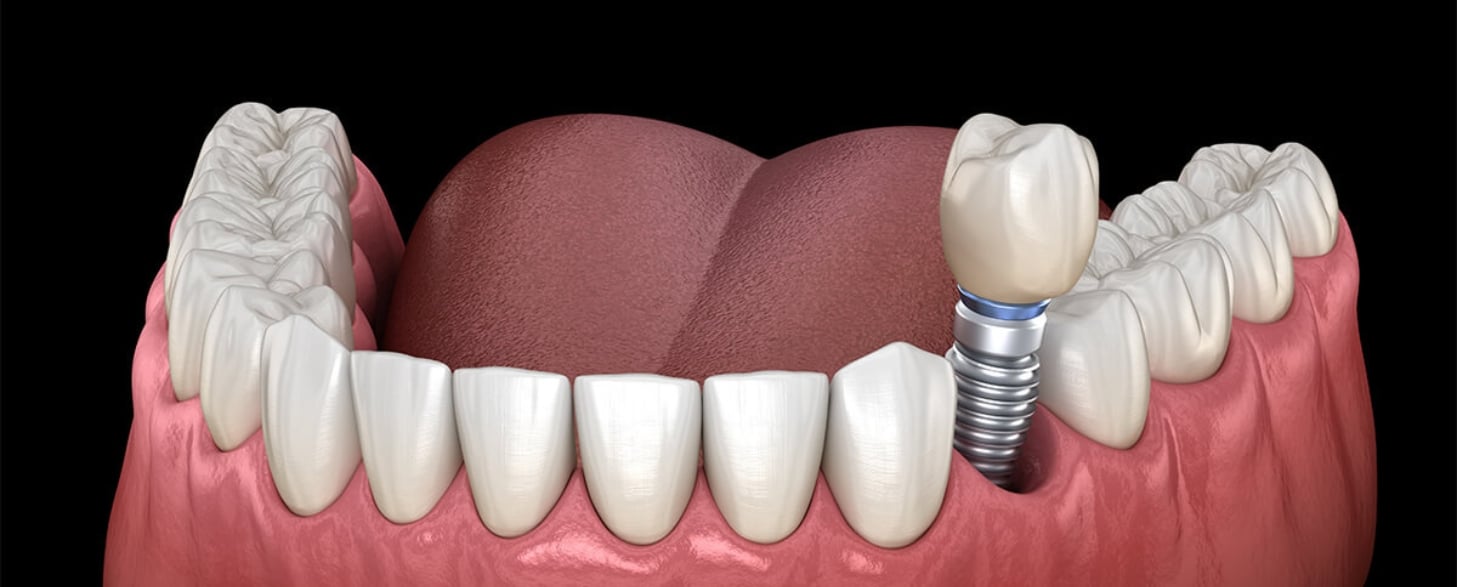Dental Implant Vs. Second Root Canal: The Better One
San Antonio, TX

So, you’ve found yourself in the dental dilemma deluxe. Right? Your once-proud chomper has taken one too many hits from questionable burrito fillings, and now it’s threatening to do a dramatic exit from your mouth. The dentist has laid out your options- a root canal redux or the high-tech route of a dental implant. But which path leads to a pain-free, smile-worthy future? This blog will be your dental spirit animal, dissecting the root canal rerun and the implant revolution in a way that’s informative, engaging, and (dare we say) giggle-worthy. We’ll crack open the truth about procedures, success rates, and the all-important question: which option will leave your wallet singing (or at least humming a slightly melancholy tune)? Brace yourself for a debate on dental implant vs. root canal, and prepare to make the most informed decision about your chomping future!
Understanding the Procedures
Deciding between a dental implant and a second root canal can be a challenging decision. Both options aim to restore dental function and aesthetics, but they come with different procedures, benefits, and potential drawbacks. Understanding the key differences and the situations in which each treatment is recommended can help you make an informed choice.
Second Root Canal
- Procedure: A second root canal, also known as a root canal retreatment, involves re-entering the tooth to remove any remaining infection or repair the tooth if the initial treatment has failed.
- Purpose: The goal is to save the natural tooth by removing infected tissue, cleaning the canals, and sealing them to prevent future infections.
- Process: The dentist removes the previous filling material, cleans and disinfects the canals again, and then refills and seals the tooth.
Dental Implant
- Procedure: A dental implant involves replacing a missing or severely damaged tooth with an artificial one. This involves surgically placing a titanium post into the jawbone, which acts as a tooth root, and then attaching a crown to the post.
- Purpose: The aim is to provide a durable and natural-looking replacement for a missing tooth.
- Process: The procedure typically involves multiple stages, including the surgical placement of the implant, a healing period to allow the implant to integrate with the bone, and finally, the attachment of the prosthetic tooth.
Advantages and Disadvantages
When faced with the choice between a dental implant and a second root canal, understanding the pros and cons of each option is essential. Both procedures aim to restore your dental health and improve your smile, but they come with distinct benefits and drawbacks. In this section, we’ll talk about both the key advantages and disadvantages of this ‘dental implant vs. root canal’ concept, to easily help you decide on which path to take for your oral health.
Second Root Canal
- Advantages:
- Preserve the Natural Tooth: Keeping your natural tooth is often the best option.
- Shorter Recovery Time: The recovery time for root canal retreatment is generally shorter compared to a dental implant.
- Less Invasive: The procedure is less invasive than dental implant surgery.
- Disadvantages:
- Uncertain Outcome: There is a possibility that the second root canal may not be successful, leading to further treatments.
- Structural Weakness: Repeated procedures can weaken the tooth structure over time.
- Potential for Further Infection: If not completely successful, there may be a risk of reinfection.
Dental Implant
- Advantages:
- Durability: Implants are designed to be a long-term solution, often lasting a lifetime with proper care.
- Bone Health: Implants help maintain jawbone health and prevent bone loss that occurs when a tooth is missing.
- Aesthetics and Function: Implants provide a natural appearance and restore full functionality, including chewing and speaking.
- Disadvantages:
- Cost: Dental implants are generally more expensive than root canal retreatment.
- Invasive Surgery: The procedure is more invasive and requires a longer recovery period.
- Multiple Appointments: The process requires several visits and can take several months to complete.
When to Choose a Second Root Canal?
A second root canal is often recommended if:
- The original root canal was not successful, and the tooth is still viable.
- There is a possibility of saving the natural tooth structure.
- The patient prefers a less invasive procedure with a shorter recovery time.
- The patient wants to avoid the higher costs associated with dental implants.
When to Opt for a Dental Implant?
A dental implant is typically considered when:
- The tooth is too damaged to be saved by a second root canal.
- The patient has already had multiple root canals on the same tooth, indicating a higher risk of failure.
- There is significant bone loss or structural damage to the tooth.
- Long-term durability and aesthetics are a priority for the patient.
- The patient is willing to undergo a more invasive procedure with a longer recovery period.
In conclusion, conquering the challenge of dental implant vs. root canal depends on several factors, including the condition of the tooth, the patient’s preferences, and the advice of the dental professional. While a second root canal aims to preserve the natural tooth with a less invasive approach, a dental implant offers a durable and aesthetically pleasing solution for severely damaged or missing teeth.
For those facing this decision, it’s crucial to have a thorough discussion with your dentist or endodontist to understand the specific needs and potential outcomes for your dental health. Both options have their unique benefits and potential drawbacks, and the best choice will vary from case to case. With the right care and professional guidance, you can achieve a healthy, functional, and attractive smile, whether you opt for a second root canal or a dental implant.






